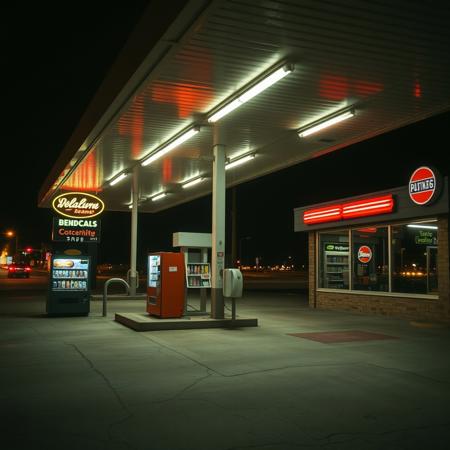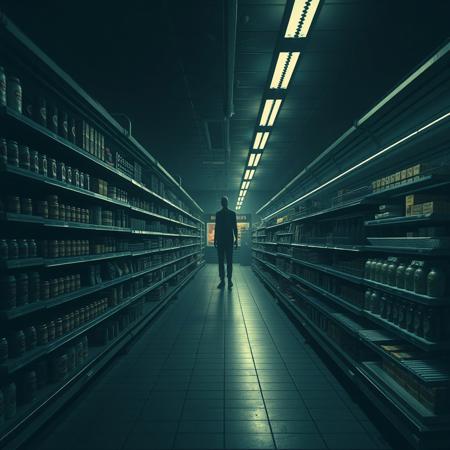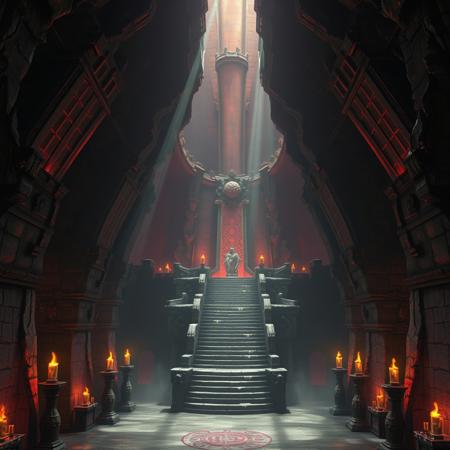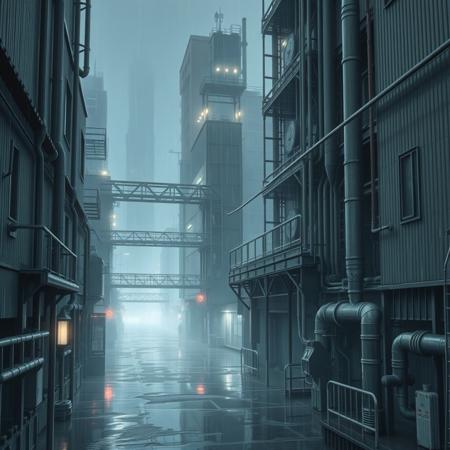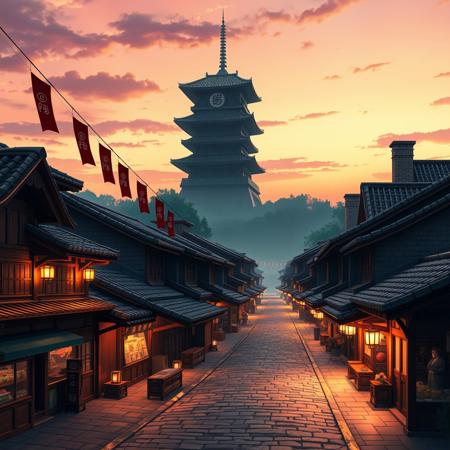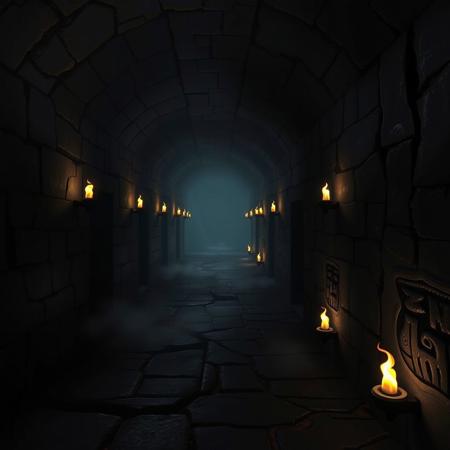A massive, decaying hotel corridor stretches endlessly, dimly lit by flickering yellow lights. The wallpaper is peeling, revealing dark stains underneath. The floor is covered in a damp, moldy carpet, with strange, unidentifiable shapes pressed into it, as if something had crawled through. The numbered doors are misaligned, some impossibly small, others too large, and many are slightly open, revealing utter darkness inside. A red EXIT sign at the far end glows weakly, but the corridor never seems to end. The air is thick, heavy with the scent of mildew and something metallic, like rust… or blood. A strange, humanoid silhouette stands at the edge of the dim light, facing away, unmoving. The security cameras are turned toward you, watching. A low, droning hum echoes through the empty hallway, as if the building itself were breathing. The sense of dread is overwhelming



